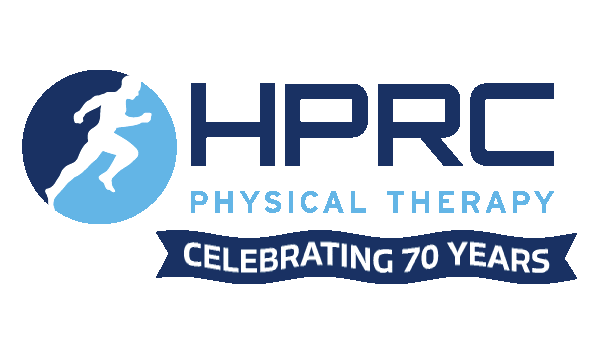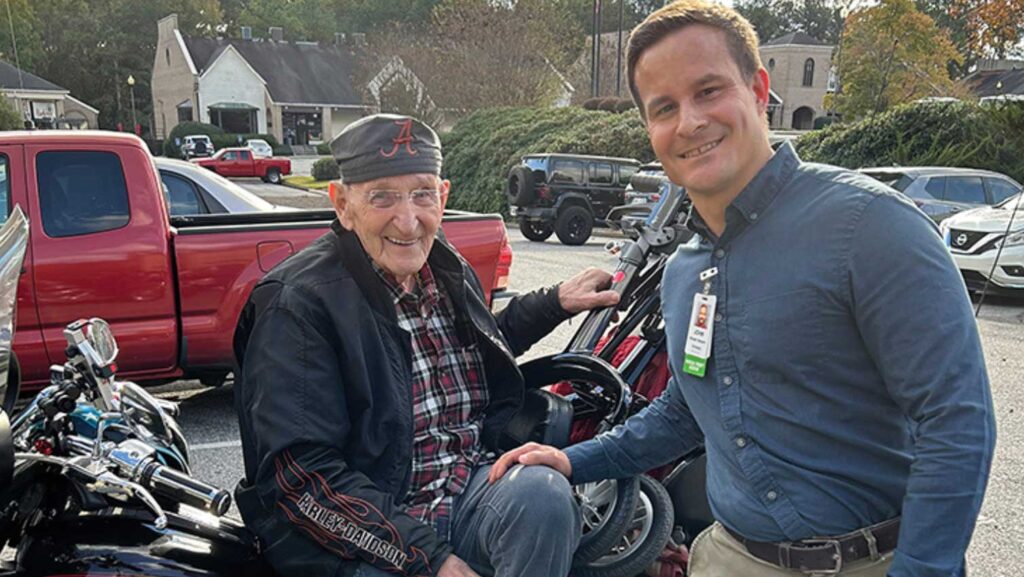The shoulder is a key player in everyday life. When it’s not functioning properly you can feel pain while carrying out basic functions, including putting on a jacket, or reaching into the back seat of the car. These are hallmark signs of a rotator cuff issue. Untreated, this condition can become a much bigger problem.
The rotator cuff is the group of muscles and tendons that hold the shoulder joint in place and allow the arm and shoulder to move. Age, injury and overuse are all causes for rotator cuff disease. The muscles or tendons can become inflamed, frayed or torn resulting in pain and limited mobility and strength. If this sounds familiar, it’s important to be evaluated by your doctor early. Physical therapy is an effective way to improve low grade rotator cuff injury and avoid surgery.
When a patient comes in with a low-grade rotator cuff injury, we begin by using manual evaluation techniques on the shoulder joint to discover the level of strength and flexibility. There are four main muscles in the rotator cuff that act as a cohesive unit. When one is injured, others get out of balance. A patient has probably developed a habit of avoiding certain movements without even realizing it, while overcompensating with other muscles. Part of our strategy is to find out where these imbalances are so we can rebuild strength and flexibility in muscles experiencing pain or weakness.
Once we determine this, we can begin appropriate stretching and strengthening exercises. We also develop a tailored home program so that a patient can continue therapy daily. Multiple studies have shown that a quality home program is a big factor in helping patients achieve good results.
We educate patients thoroughly about the frequency and duration of the home exercises we want them to accomplish. We send home diagrams with written instructions and we can email videos of exercises to reinforce what we’ve done in the clinic. Usually, patients with low-grade rotator cuff injury see results in four to six weeks.
For minor to moderate shoulder pain, try these exercises at home.



